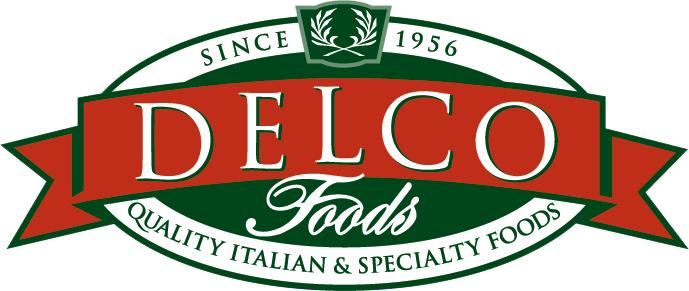
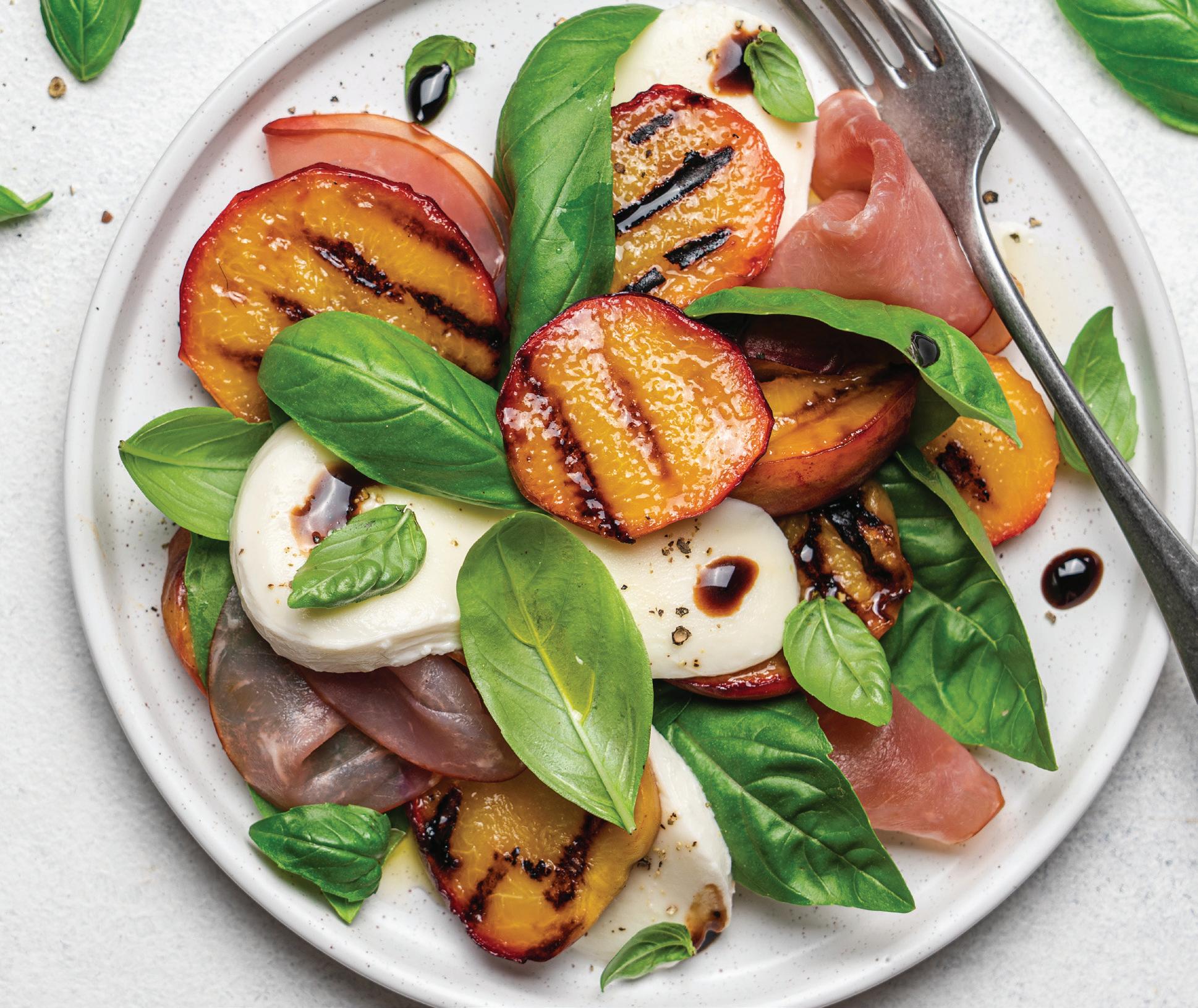
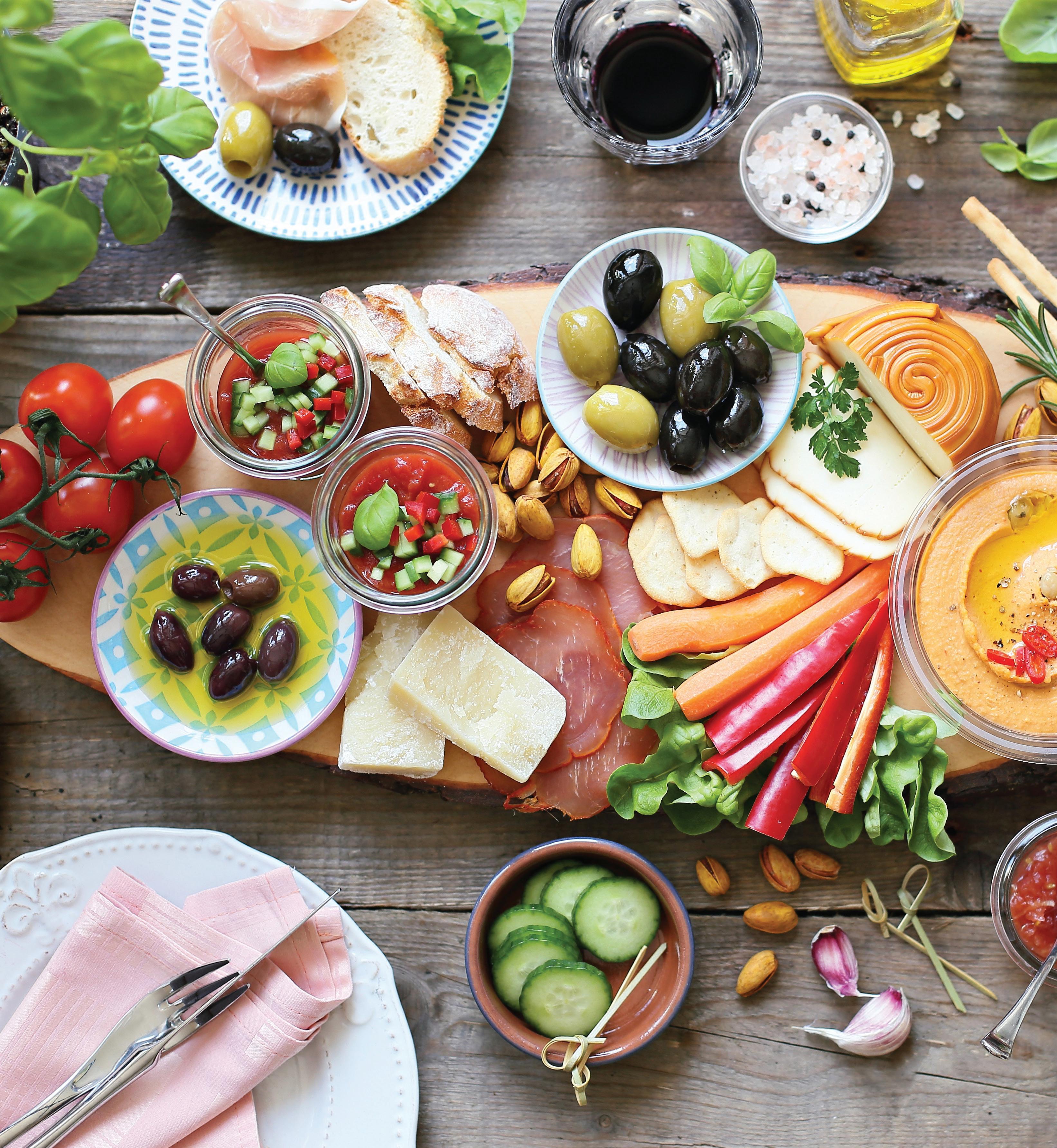
“Summer cooking implies a sense of immediacy, a capacity to capture the essence of the fleeting moment.”
- Elizabeth David

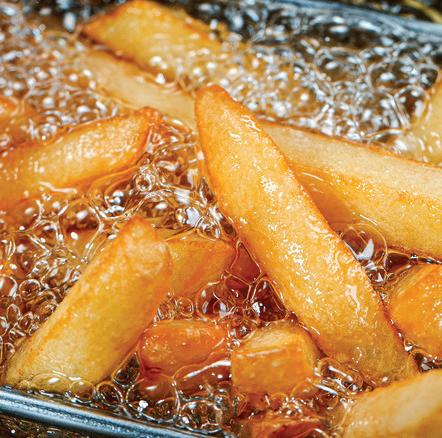




“Summer cooking implies a sense of immediacy, a capacity to capture the essence of the fleeting moment.”
- Elizabeth David


Recent news has some consumers searching for alternatives to seed oil, pivoting to animal fats and even sugarcane oil. Let’s explore the options.
Tallow fat is a really amazing food to integrate into your cooking. Like olive, avocado, and coconut oil, it consists of mostly saturated and monounsaturated fat.
It’s rendered fat, usually from cattle. It can be made from rendering the suet – which is the white fatty layer that surrounds an animal’s organs – or from rendering the fat found within bone marrow.
Like coconut oil or butter, beef tallow is a solid at room temperature. You can store it in your pantry in an air-tight container for months – or longer – and it won’t degrade. Tallow has a great texture – similar to hard butter – and it will melt when you heat it.

Beef tallow is perfect for use in a wide range of applications. It’s an ideal option for use as a cooking fat since it has a rich, earthy flavor and a high smoke point. This makes it perfect for frying and sauteing foods like french fries and chicken tenders, as well as for searing meats and veggies. It can also be used in baking, where it acts as a substitute for vegetable shortening or butter to add extra flavor to your breads, cookies, and pastries!
Duck fat is known throughout the culinary world as “liquid gold”. Duck fat lends a rich flavor and wonderful texture to any food you choose to prepare with it. That’s why chefs use
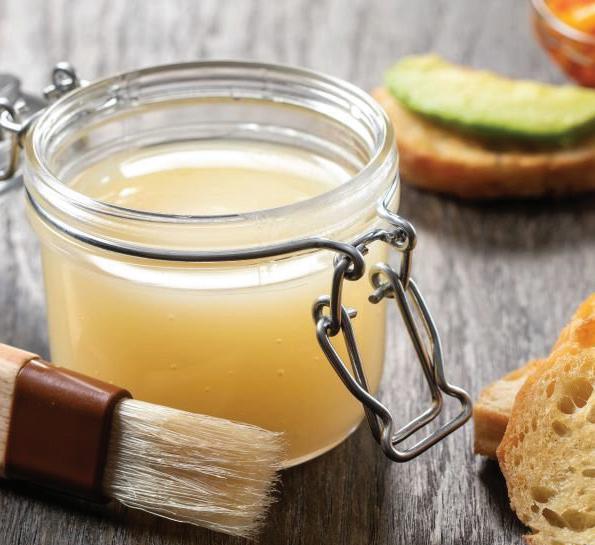
it in place of other animal fats and cooking oils to roast vegetables, fry potatoes, create sauces or even make pastries.
Duck fat, much like other cooking fats, is high in calories. But what makes duck fat unique is that it is lower in saturated fat and higher in “healthy” unsaturated fats than beef or pork fat. In fact, duck fat consists of about 65% unsaturated fat, both mono- and polyunsaturated fats. Fatty acids like linoleic and oleic acid found in unsaturated fats offer beneficial anti-inflammatory and antioxidant properties, much like olive oil.
Chefs love cooking with duck fat for its delicious flavor and noted health benefits. They also appreciate that duck has a lower melting point than many other fats. This makes it perfect for toasting, pan-frying, sautéing or searing a variety of dishes.

Zero Acre oil is an all-purpose cooking oil made from rain-fed sugarcane plants, the highest yielding crop in the world. Natural fermentation breaks down raw sugar from the sugarcane and converts it to oil with a neutral taste and low carbon footprint. This method uses 99% less water than olive oil and 87% less land than canola oil.
Its clean and neutral taste makes flavors pop, and its performance is unbeatable with smoother emulsions, easier frying, and flavorful sautéing. Zero Acre offers a delicious crisp, less greasy feel, and smaller environmental footprint compared to seed oils.
Zero Acre contains more than 90% hearthealthy and heat-stable monosaturated fat and the lowest levels of polysaturated fat of any liquid cooking oil. Zero Acre oil’s high smoke point makes it great for sauteing & pan frying. It’s also rich enough to stand on its own, with a slightly nutty & buttery finish, making it great for mayonnaise based condiments & vinaigrettes. It’s rare to taste an oil with such diversity in use that is also a positive choice for optimizing nutrition & the environment.


Monument Circle, Indianapolis
A pizza extravaganza like no other!
Sample slices from various local pizzerias, enjoy live music, and participate in fun activities. Link here for tickets
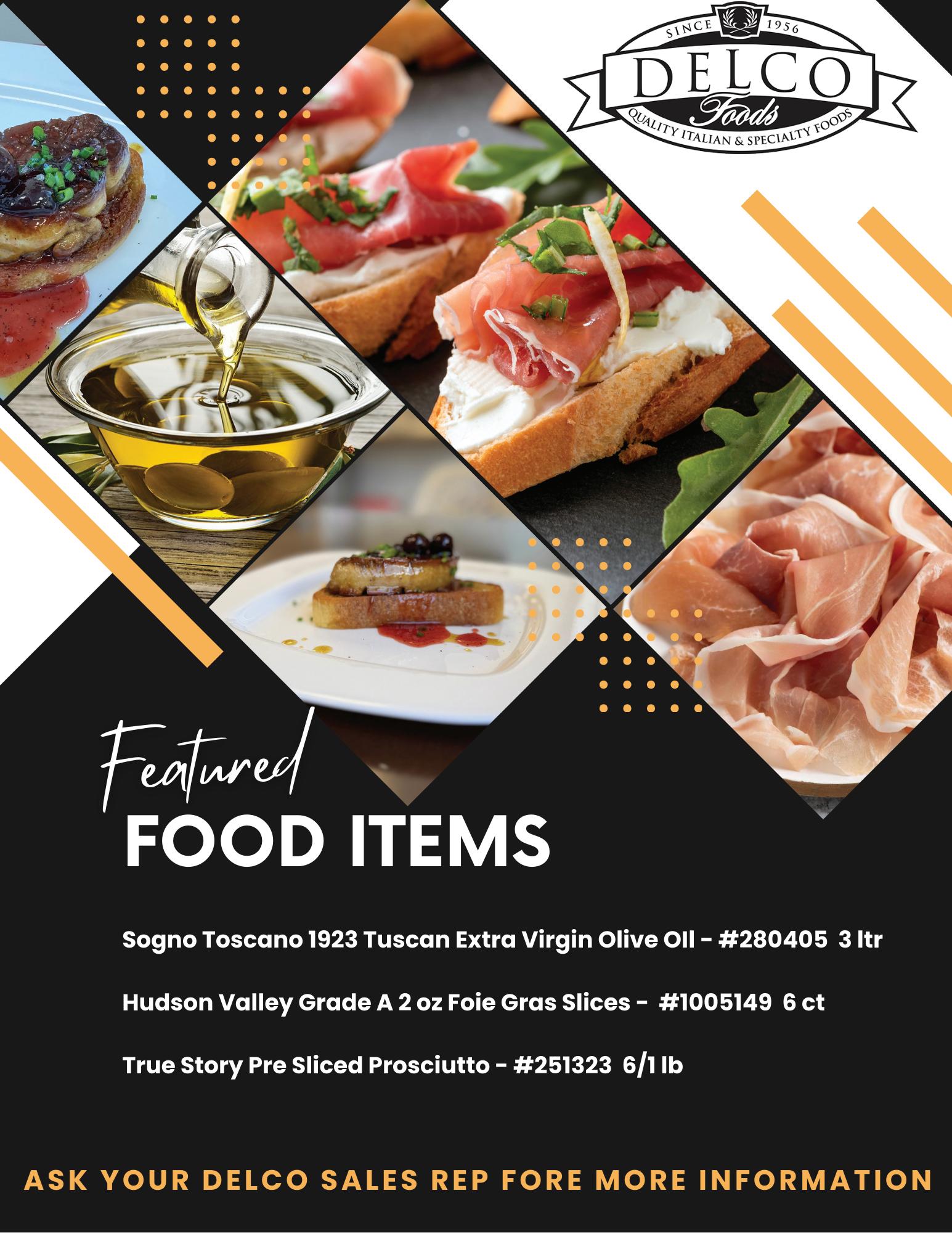

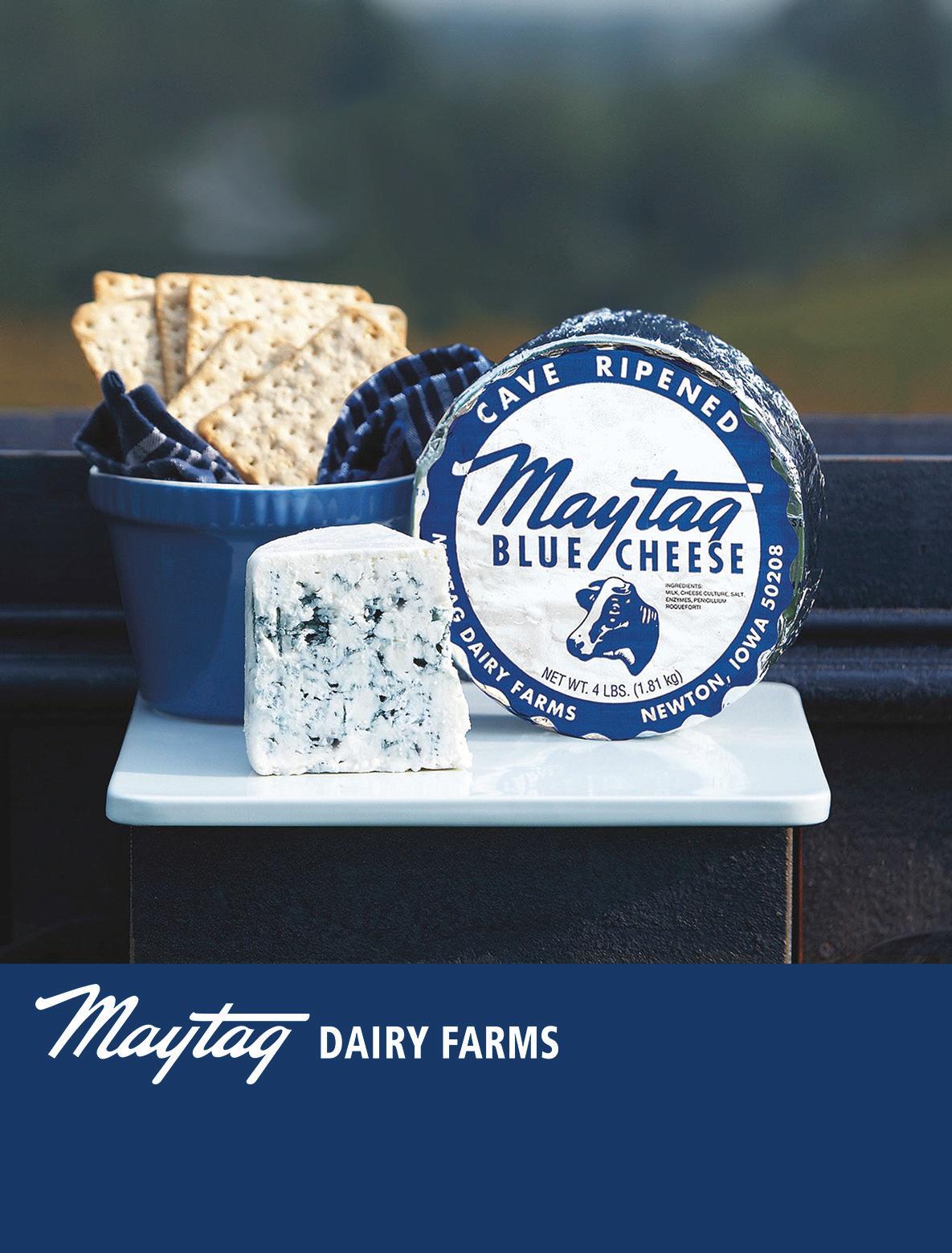


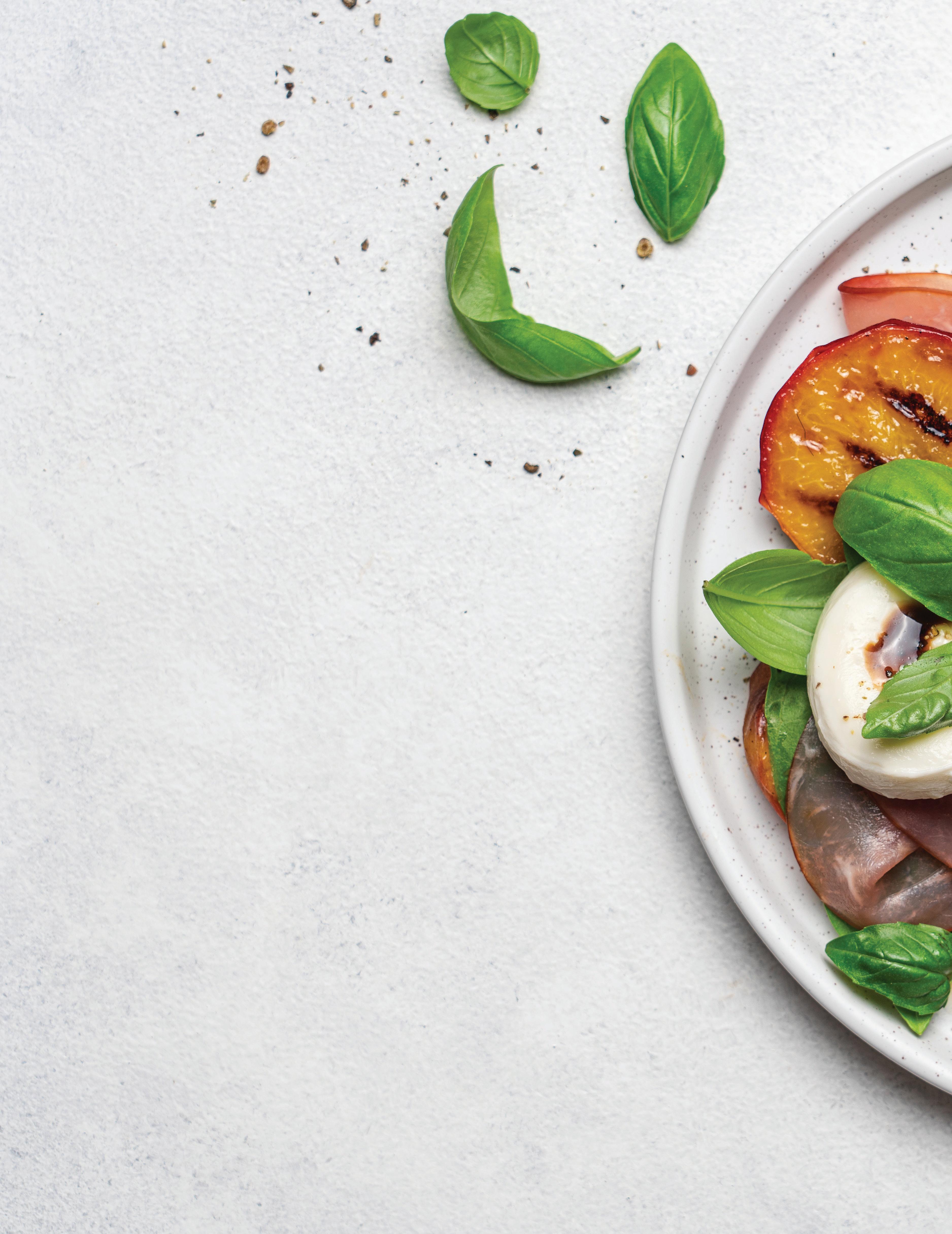
Summer flavor trends often reflect a blend of refreshing, bold, and exotic tastes that align with the season's emphasis on relaxation and enjoyment. On the next few pages are some of the key flavor trends for summer, highlighting ingredients, dishes and beverages that capture the essence of this vibrant season.

Bright Citrus and Tropical Fruits
Citrus : Lemons, limes, and oranges are more prominent, finding their way into marinades, desserts, salads, and beverages.
Example : Spaghetti al Limone - Spaghetti tossed with lemon zest, lemon juice, olive oil, Parmesan cheese, and fresh herbs.
Tropical Fruits : Tropical fruits such as mango and pineapple are used in salads, garnishing grilled chicken or shrimp, and as toppings for desserts
Try This : Garnish seafood dishes with a mango salsa for a sweet and spicy contrast
Garnished with Herbs
Fresh Herbs : Basil, parsley, cilantro, and dill are used liberally to add fresh, green notes to dishes.
Example : Grilled Fish - Such as branzino or sea bass, often garnished with rosemary, thyme, and lemon.
Globally-Inspired
Asian Flavors : Japanese, Korean, and Southeast Asian flavors like yuzu, miso, sesame, and tamarind are popular in dressings, marinades, and noodle dishes.

Example : Teriyaki Chicken
Pizza - Pizza topped with teriyaki-glazed chicken, mozzarella cheese, red onions, and bell peppers. After cooking, it is drizzled with teriyaki sauce, sesame seeds and a garnish of chopped green onions.
Latin American Influences : Mexican and South American cuisines influence summer menus with flavors like chipotle, cilantro, and lime
Example : Taco al Pastor - A pizza topped with al-pastor seasoned pork, pineapple, red onions, cilantro and drizzled with salsa verde.
Smoked and Grilled
Smoky Flavors : Beyond traditional barbecue, smoky flavors are being used in cheeses, fruits and vegetables to add depth.
Try This : Garnish salads with grilled nectarines or peaches for a unique smoky sweetness
Grilled Fruits and Vegetables : Grilled peaches, pineapples, avocados, and corn are popular for their caramelized, slightly charred taste.
Example : Risotto Primavera - Creamy risotto cooked with a variety of fresh grilled summer vegetables like zucchini, peas, and bell peppers.
Plant-Based and Healthier
Options
Meat Alternatives : Plantbased burgers and sausages are increasingly featured at summer barbecues.
Ancient Grains : Quinoa, farro, and amaranth are favored in salads for their nutritional benefits.
Example : Mediterranean Quinoa Salad - Parsley, mint, cooked quinoa, cherry tomatoes, red onion, feta cheese, Kalamata olives, cucumber tossed with olive oil and lemon juice.
Refreshing Beverages
Mocktails/Craft Sodas : Artisanal sodas with less sugar and unique flavors like cucumber, lavender, and blood orange.
Iced and Cold Brew Coffees : With additions like vanilla, caramel, and coconut milk for a refreshing caffeine kick.
Retro Inspired Desserts
Classics like banana splits and root beer floats are making a comeback with modern twists
Example : Coffee Root Beer
Float - Root Beer, Ice Cream and a shot of espresso (or 2) or cold brew coffee
Try Tiramisu with Strawberries for a summer twist to the classic, popular Italian dessert
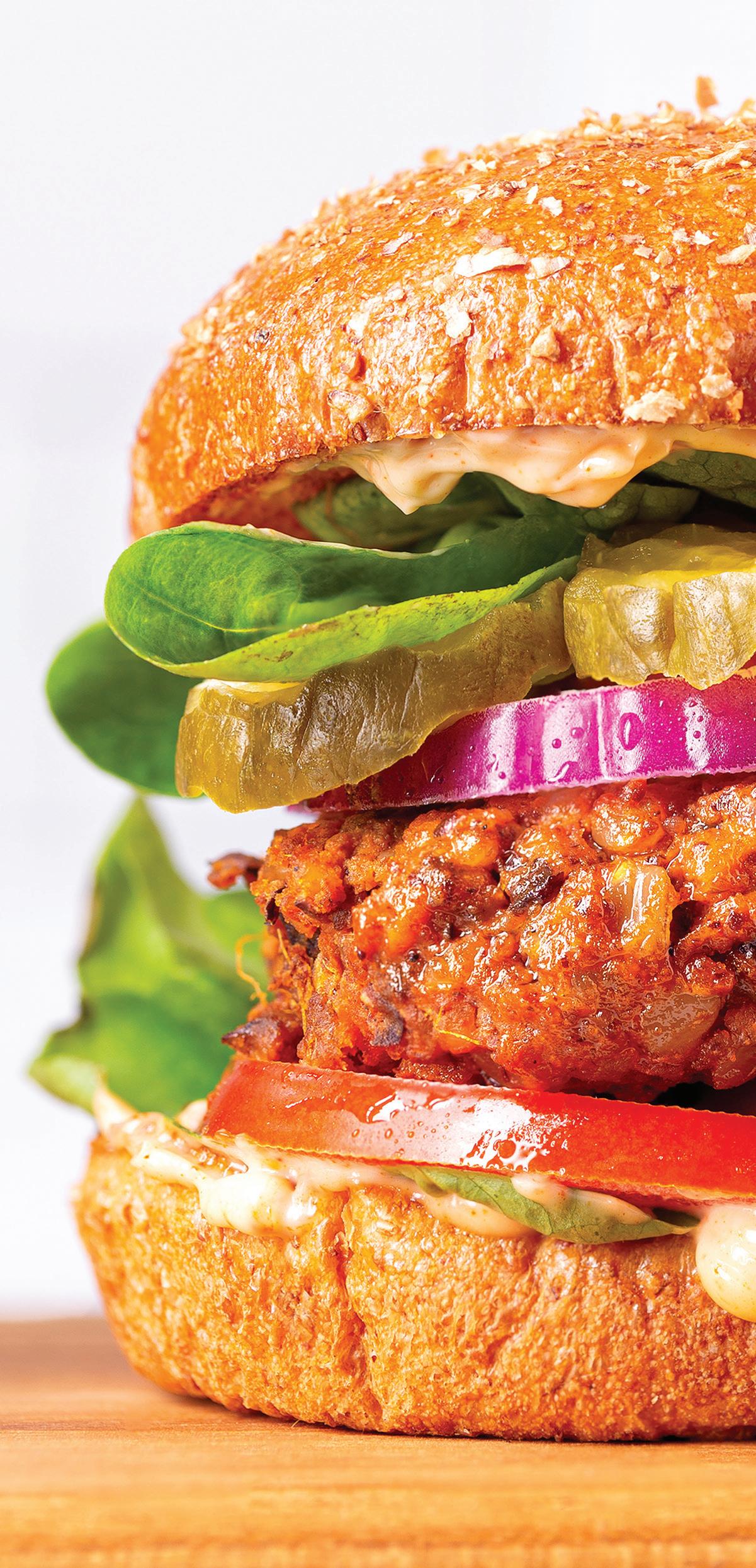
From light and zesty salads to innovative takes on the traditional pizza, these menu items can help your restaurant stand out. Embracing the opportunity to experiment with different recipes and flavor, ensures that your summer menu is both exciting and memorable. Have fun!
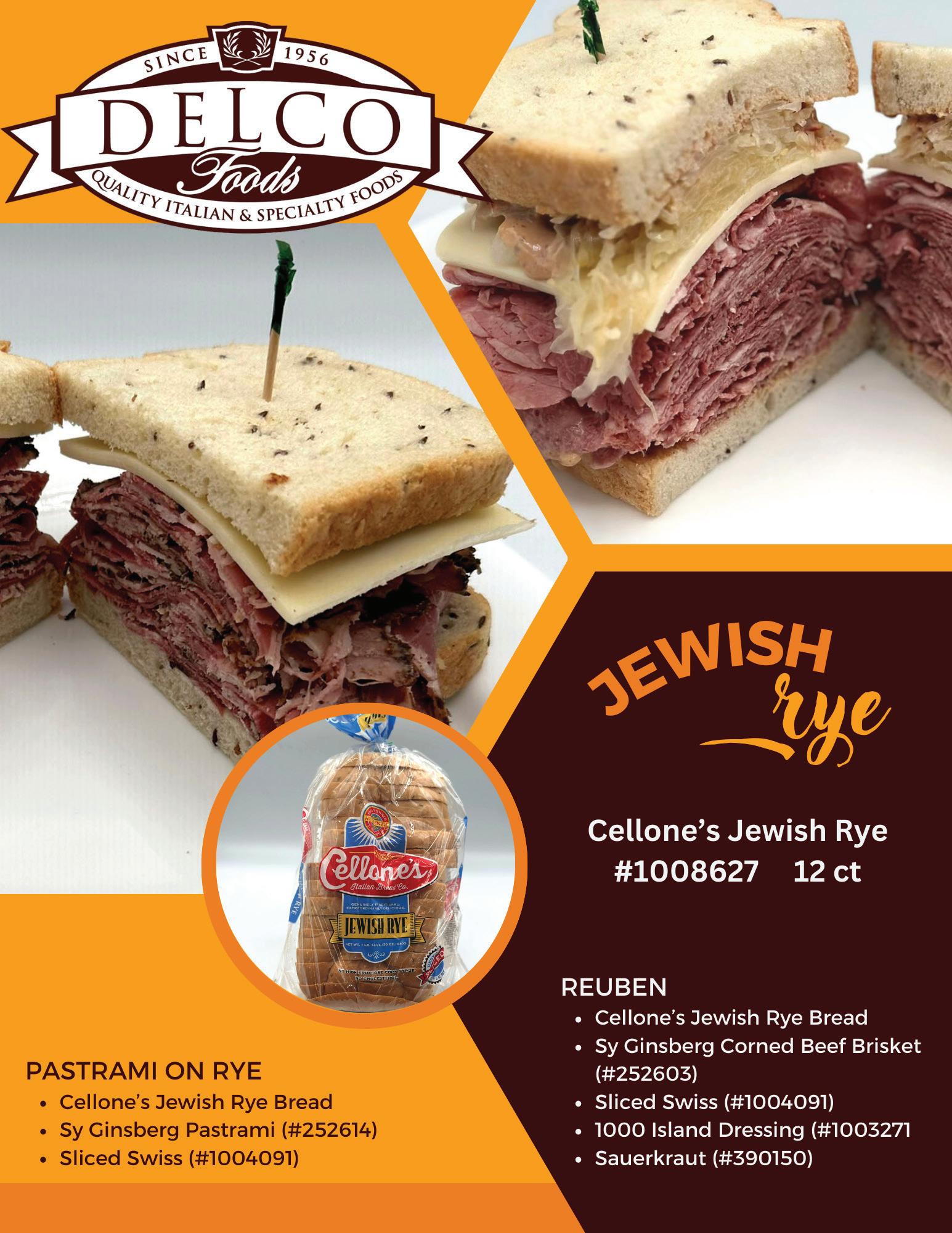

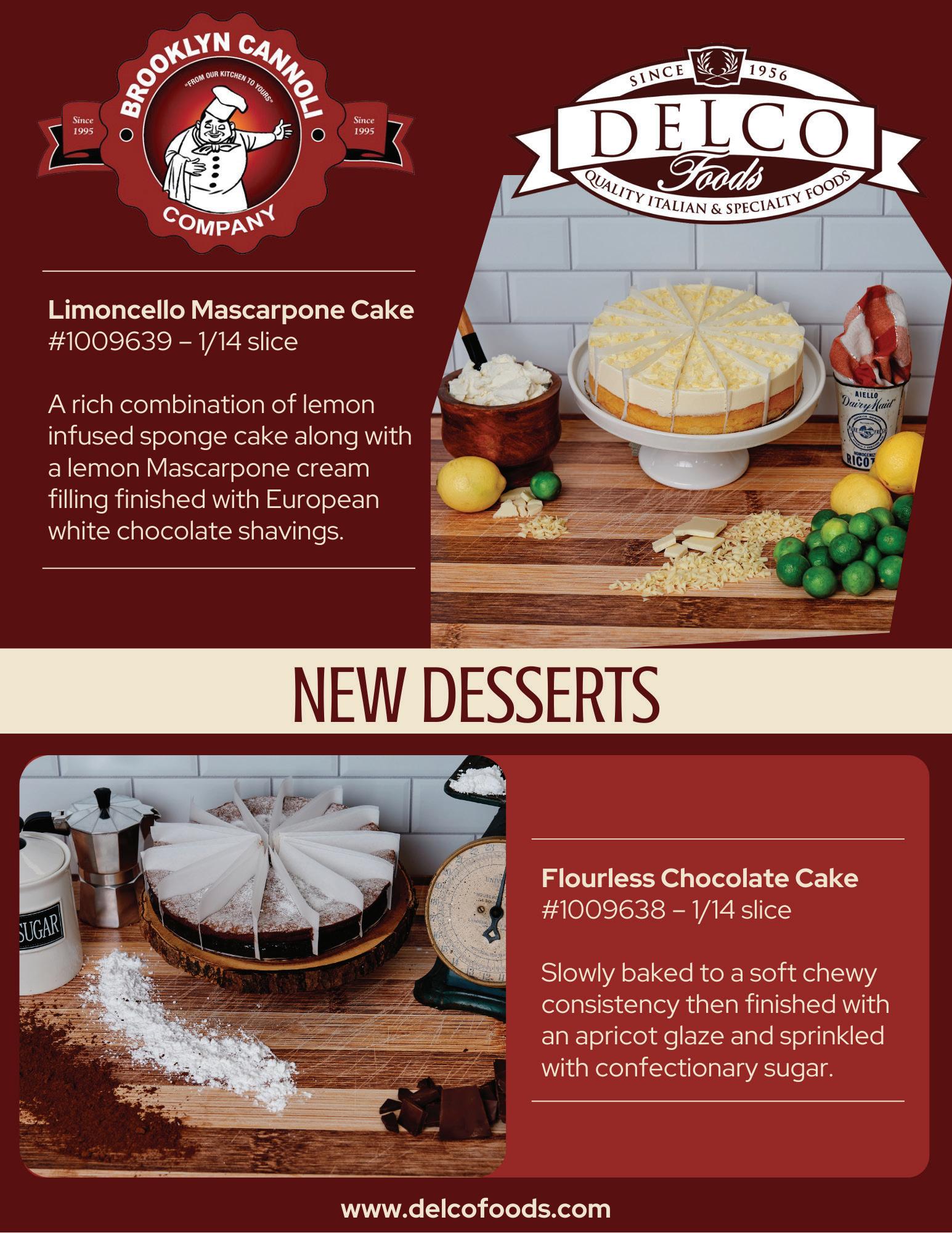
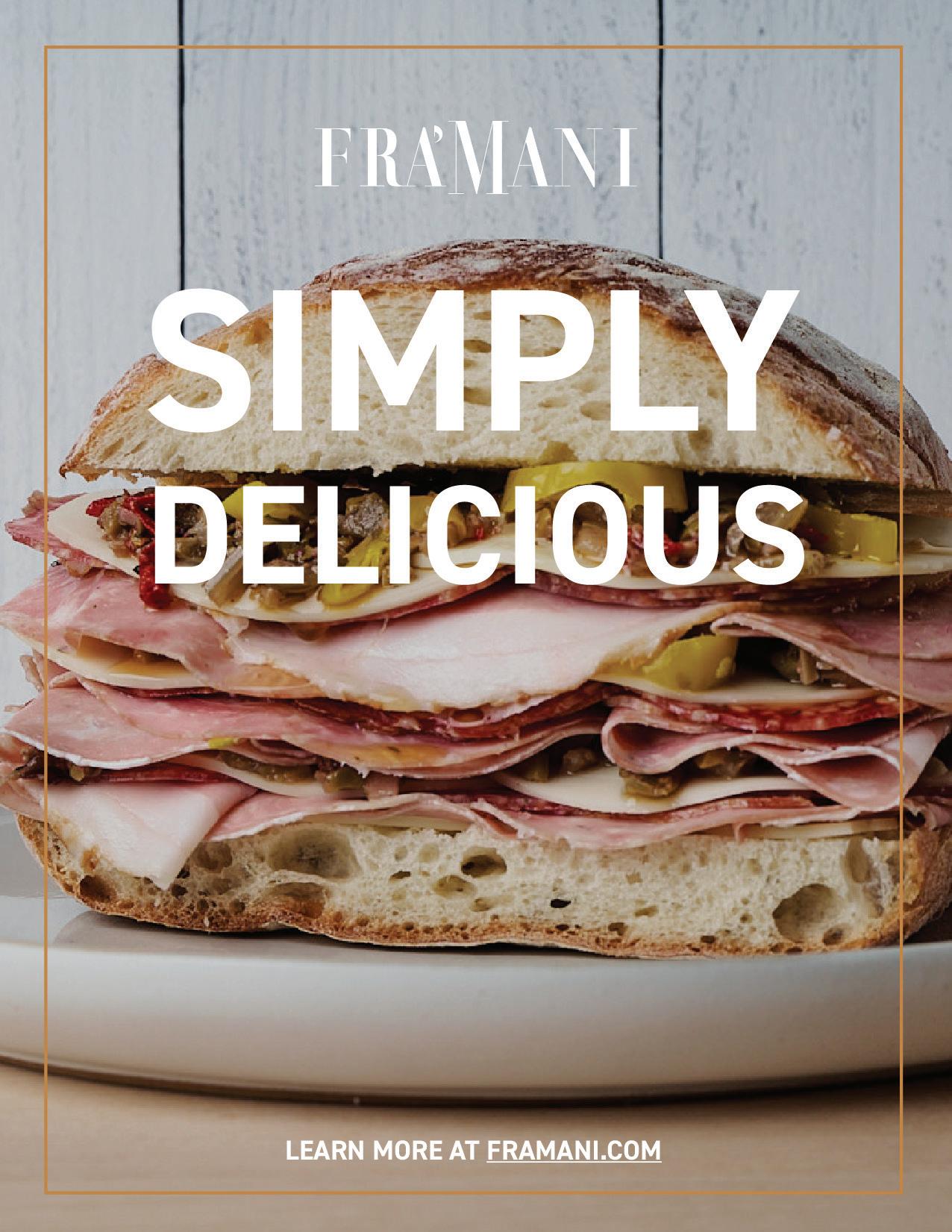
In today’s foodservice landscape, small bites are proving they’re here to stay—and comfort food is helping to keep the trend sizzling. As operators look to capture attention and drive revenue across more dayparts, the blending of nostalgic flavors with snacksized portions is striking a chord with consumers, especially Gen Z.
According to Technomic, Gen Z’s snacking habits now account for a whopping 24% of eating occasions at limited-service restaurants. This shift reflects a broader evolution in dining behavior, as younger consumers move away from the traditional three-meals-a-day structure and seek out convenient, craveable options to fuel their on-the-go lifestyles.
So, what’s keeping them coming back for more? Familiar flavors in fun formats.

Think mac and cheese bites, mini chicken and waffle sliders, fried ravioli, loaded tater tot cups—and garlic knots reimagined as loaded snacks. These pillowy, buttery bites are a fan favorite on their own, but when topped with melty mozzarella, crumbled sausage or pepperoni, and a drizzle of spicy marinara or ranch, they become an irresistible small plate with huge shareability. Garlic knots bridge the gap between appetizer and indulgent snack, offering that comforting, carbforward satisfaction in just a few bites.
Small bites also cater to changing social dynamics. As consumers increasingly value flexibility and personalization, they’re gravitating toward menus that allow for grazing, sharing, and customizing. Whether it’s a quick solo snack between meetings or a table full of shareable plates for a night out with friends, these bite-sized
options give people more ways to enjoy food on their terms.
For operators, small bites present a golden opportunity to boost check averages, increase offpeak traffic, and appeal to the highly influential Gen Z consumer. Limited-time offers (LTOs), snackable sides, and build-your-own sampler platters can create buzz while giving diners the chance to explore new flavors without committing to a full entrée.
Another benefit? Small bites are flexible. They’re easy to batch, scale, and customize, whether you’re running a food truck, fast casual, or ghost kitchen. And because comfort food ingredients are often familiar and costeffective, margins can stay healthy even as the menu feels fresh.

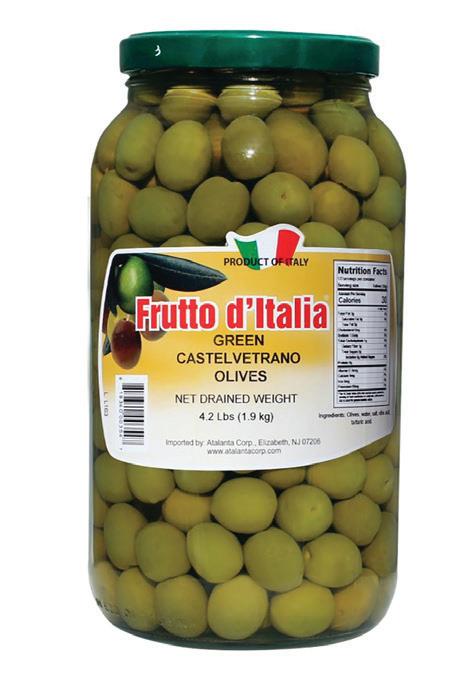



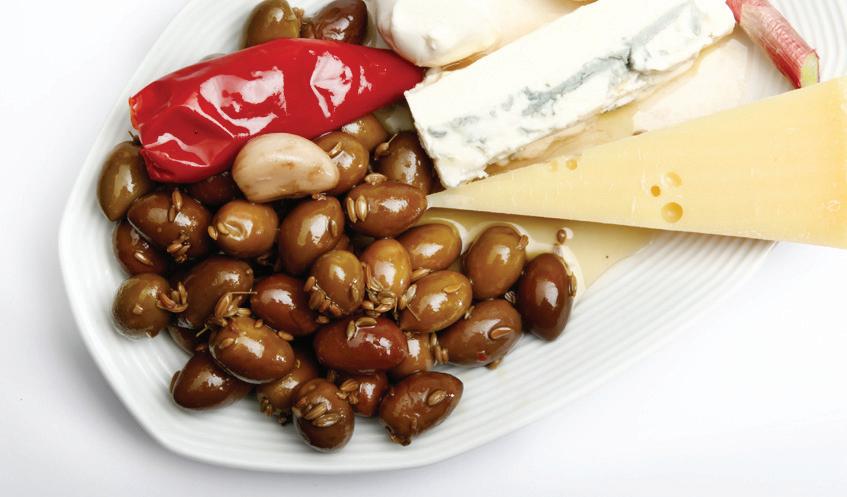
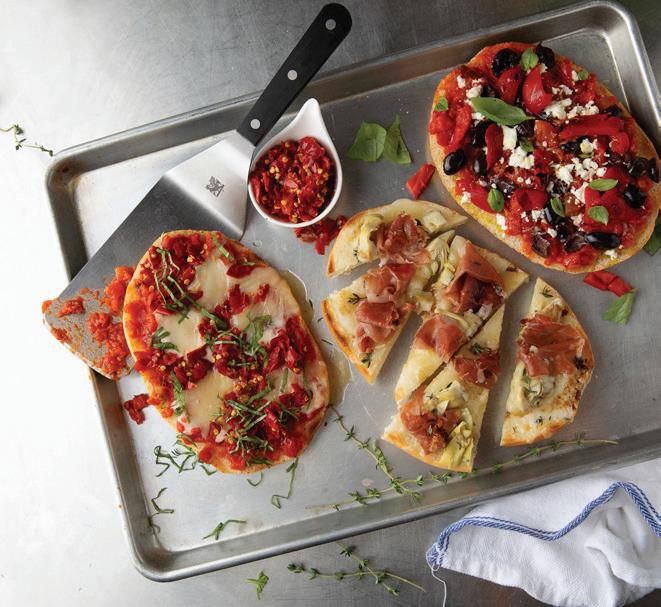



CASTELVETRANO OLIVES WITH PITS – #330200 2/5.5 lb
Mild, buttery taste with a crisp and crunchy pulp and a bright green color.
HOT CALABRESE CHILI PEPPERS IN OIL – #1002771 2/5.7 lb
A unique marinade of herbs, oild & spices infuses a fiery twist.
RED CERIGNOLA OLIVES – #330226 2/2.5 kg
The largest olives in the world – with a crisp bite and mild, fruity flavor.
MIXED ITALIAN BLEND PITTED OLIVES – #1002239 2/1.8 kg
A variety of 5 pitted olives seasoned with oils and a mixture of herbs.